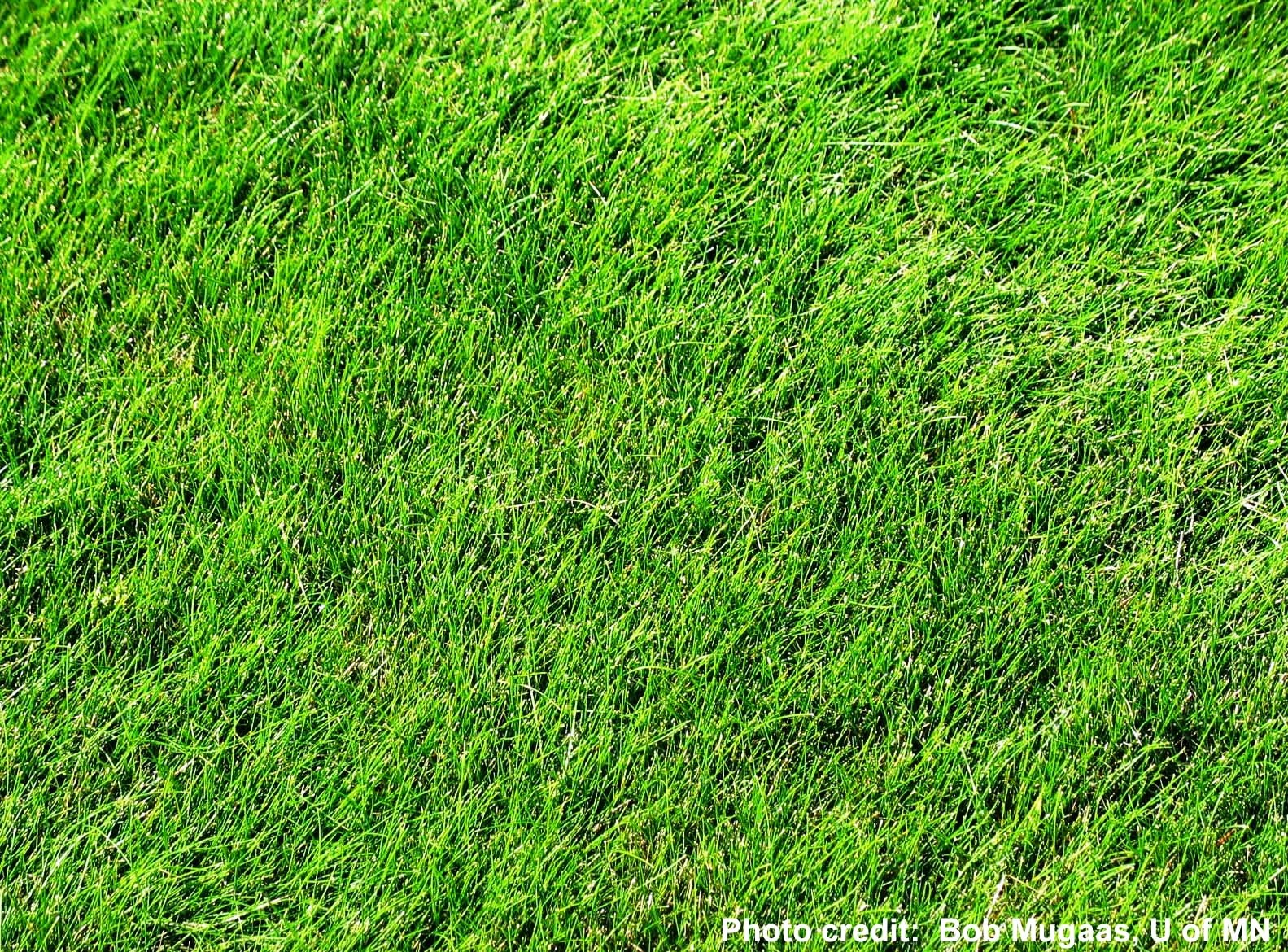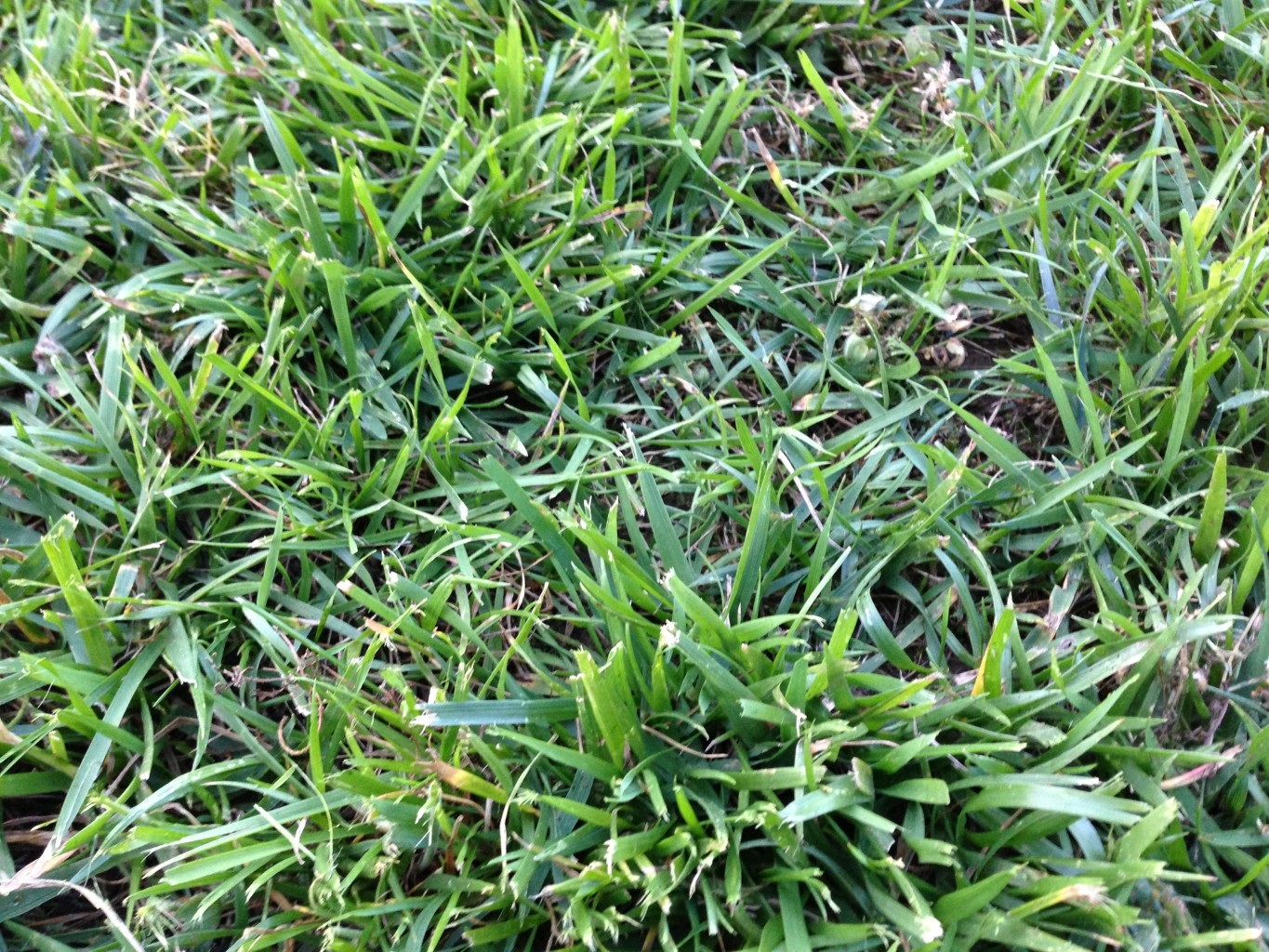By Ben Blackburn
There are many different factors that can influence the aesthetic value of a lawn. Color, texture, and shape have an impact on how people see and interact with a given turf space. There has been a lot of research done on the relationship between the aesthetic value of a space and how humans perceive and react to the space. Findings show that certain aesthetics can evoke many different emotions in people, as well as increased energy and mental health. These results are particularly interesting because the subjects often were affected subliminally and were not always aware that it was happening.
Color is the characteristic of a lawn that is most easily controlled or altered. People tend to enjoy seeing green around them. Studies have shown that increased greenery around humans will lower stress, increase energy, and improve overall mood regardless of if the person is aware of it or not. The shade of green will also determine how the person feels or interacts with a plant. Lighter, more pastel shades of green will tend to provoke a feeling of peace or tranquility, while deep dark greens bring on a sense of excitement. Consumer preferences for turfgrass tend to be species and cultivars with darker coloration. However, while shade can influence aesthetic value, it is more important for the surface to all be consistently green than what particular shade it is.
Texture is often on a spectrum ranging from soft to hard. Soft textures usually consist of much finer particle sizes that are very close to each other, while a hard texture has larger particles and more space between those particles (Figures 1 and 2). In the turf world, a soft-textured lawn would tend to have species with thinner leaf blades (particles) and much tighter spacing between individual plants. The thinner blades blend together better and have tighter spacing, creating a surface that looks more even and inviting. On the other hand, wide leaf blades and increased space create a hard texture, which may be more visually stimulating but people will be less likely to want to interact with it. Another way to control texture is blade length. Long, flowing blades such as a no mow fine fescue lawn will give a plush soft feeling to those interacting with it. Short cut grass such like that on a putting green tend to give a much harsher surface appearance. This is because the short grass will stand up straighter and not tend to flop over on itself like a no mow application would.
Shape is the last major aesthetic characteristic that is highly controllable in a lawn. Perceptions of shape play a large role in how people will move through and interact with a space. Organic shapes with rounded edges and few angles tend to increase interaction from users. This interaction is not necessarily physical but more mental in nature. These shapes will draw more attention and get people to notice certain things about a space. Sharp angles are perceived negatively and will decrease this interaction with the space. It will also affect the speed and direction users will move through the space. Organic curved pathways will cause people to slow down and take in the space around them while straight lines and angles give a faster sensation and cause people to just think of the path as a point A to point B route, not something scenic.
Aesthetics are a very important factor in any turf application, and with proper management techniques and a little bit of research, they can be easily modified to have a more positive effect on human perception.
Sources
Akers, A., J. Barton, R. Cossey, P. Gainsford, M. Griffin and D. Micklewright. 2012. Visual color perception in green exercise: positive effects on mood and perceived exertion. Environmental Science and Technology 46: 8661–66.
Kaufman, A.J. and V.I. Lohr. 2004. Does Plant Color Affect Emotional and Psychological Responses to Landscapes? Acta Hort 639:229–33.
Landy, M.S. and N. Graham. 2004. Visual Perception of Texture. The Visual Neurosciences 2:1106–18.
Okunlola A.I., A.O. Adepoju, and E.O. Akinpetide. 2016. The significant role of horticulture in environmental aesthetics and management. International Journal of Horticulture 6(17):1-15.
Palumbo, L., N. Ruta, and M. Bertamini. 2015. Comparing Angular and Curved Shapes in Terms of Implicit Associations and Approach/Avoidance Responses. PLOS One 2015:1–16.
Snyder, J.S., C.M. Schwiedrzik, A.D. Vitela, and L. Melloni. 2015. How Previous Experience Shapes Perception in Different Sensory Modalities. Frontiers in Human Neuroscience 9 (October 2015).
Tamura, H., S. Mori, and T. Yamawaki. 1978. Texture Features Corresponding to Visual Perception. IEEE Transactions on Systems, Man, and Cybernetics 8(6):460–73.

